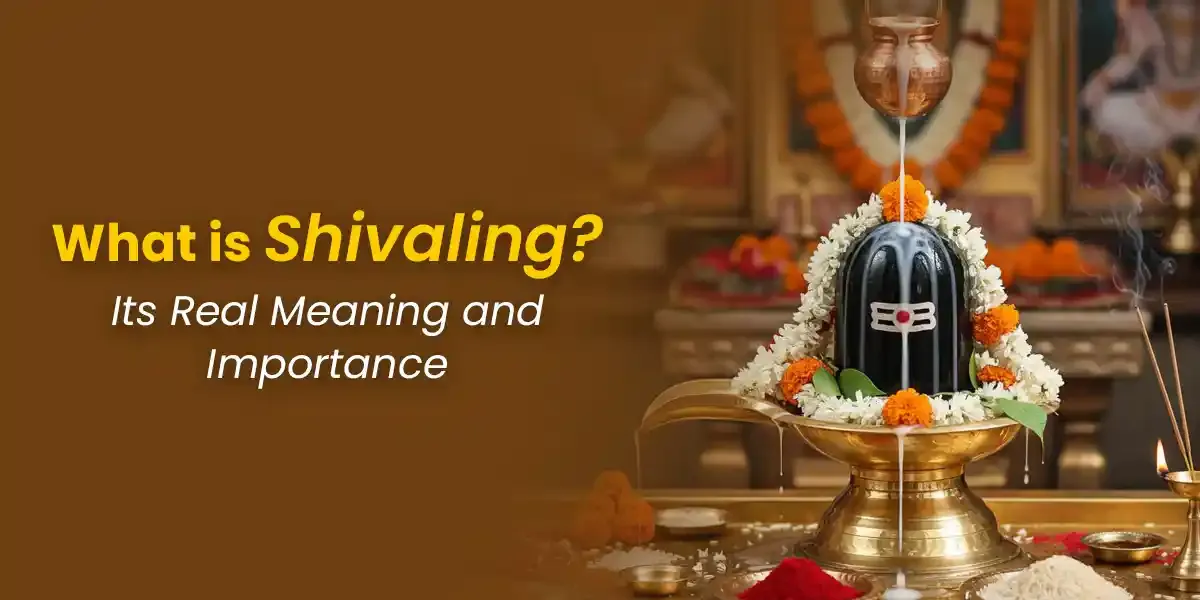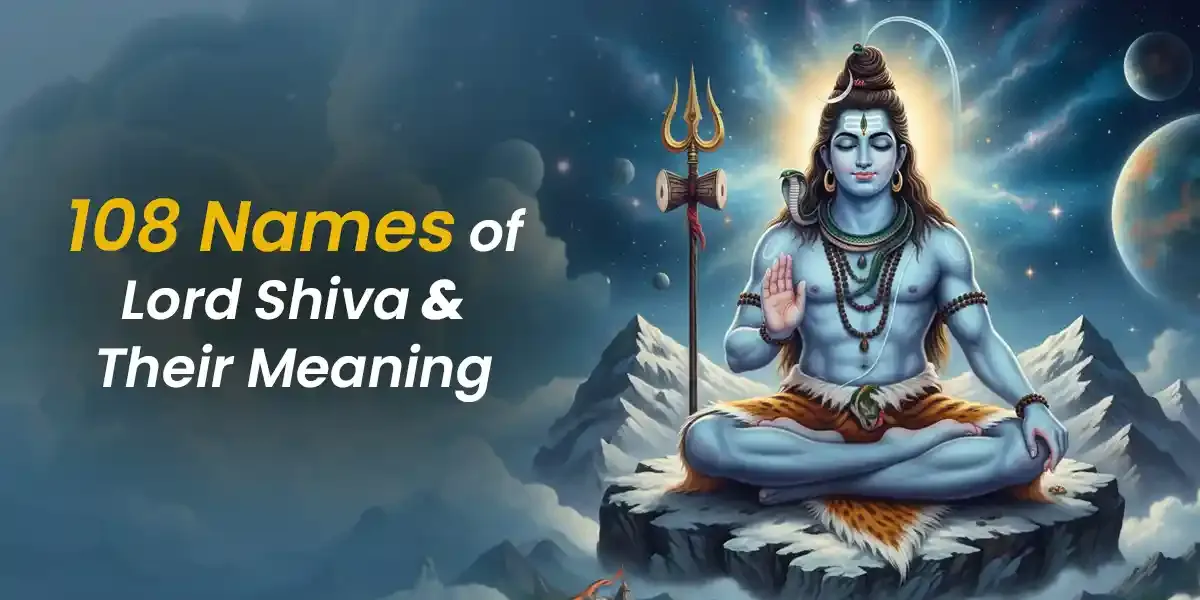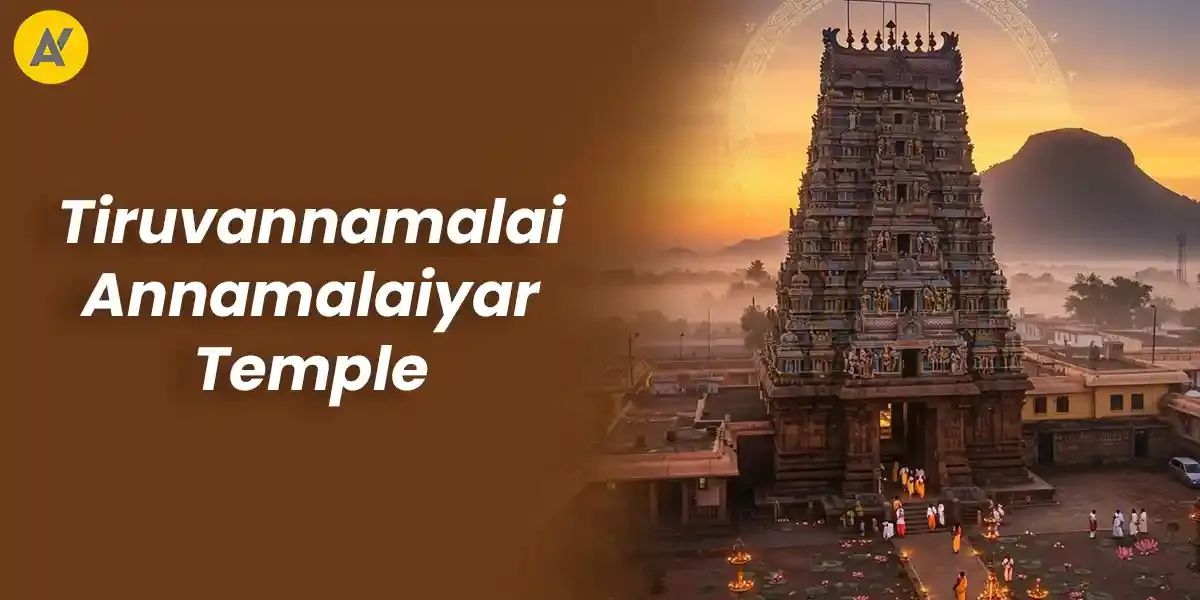
The Shivalinga or Shivling is that iconic symbol you've probably seen in temples. That smooth cylindrical stone structure with water or milk being poured over it.
You must've wondered what it actually refers to, right?
What's the deeper meaning beyond its physical form?
In this blog, we'll uncover the true significance of the Shivlinga and explore why it holds such importance in Hindu spirituality.
What is Shivling: Meaning and Significance
In Sanskrit, "Linga" simply means a "mark" or a symbol that points to an inference. The Shiva Linga is therefore a symbol of Lord Shiva. A mark that reminds devotees of the formless, omnipotent Lord. It is not merely a physical object, but an outward symbol of the formless being who is your innermost self or Atman, identical to the supreme Brahman.
The Shiva Linga consists of three distinct parts, each with its own spiritual meaning:
The Brahma-Pitha (Lowest Part): This is the circular base or foundation of the Shiva Linga. It represents Brahma, the Creator, and symbolizes the beginning of creation and the material world from which all things emerge.
The Vishnu-Pitha (Middle Part): This is the elongated bowl-like structure in the middle. It represents Vishnu, the Preserver, and symbolizes the maintenance and sustenance of creation, holding everything in balance.
The Shiva-Pitha (Uppermost Part): This is the tall cylinder with a rounded head at the top. It represents Shiva, the Destroyer, and symbolizes the formless, infinite consciousness that transcends physical form.
Together, these three parts represent the complete cycle of creation, maintenance, and dissolution. The entire structure symbolizes the union of Prakriti (nature, feminine energy) and Purusha (consciousness, masculine energy). According to ancient Hindu scriptures like the Linga Purana, the Linga signifies Satya (truth), Jnana (knowledge), and Ananta (infinity)—containing within its simple form the deepest spiritual truths of the universe.
Read More:- Achaleshwar Mahadev
The Story Behind the Shiva Linga
According to Hindu mythology, there is a fascinating tale that explains the origin of the Shiva Linga. Once, Brahma and Vishnu were arguing about who was more powerful. To teach them a lesson, Lord Shiva created a huge, infinitely tall pillar of fire between them (this was the Linga).
Brahma and Vishnu wanted to find the beginning and end of this pillar to prove their power. Vishnu turned into a boar and dug downward, trying to find the bottom. Brahma turned into a swan and flew upward, trying to find the top.
But no matter how hard they tried, they couldn't reach either end because the pillar had no beginning and no end.
When they gave up and came back, Brahma lied and said he had reached the top. Lord Shiva became very angry at this lie. He revealed himself in his true, powerful form right from inside the pillar. Both Brahma and Vishnu were shocked and bowed down to him, finally accepting that Shiva was the most powerful.
Because Brahma lied, Shiva punished him. This is why you will find very few temples dedicated to Brahma in India. This event happened on the 14th day of the Phalguna month, and it is now celebrated as Mahashivaratri.
The Spiritual and Religious Importance of Shivling
The Shiva Linga is not just a symbol carved from stone—it carries immense spiritual power and holds deep significance in the hearts of millions of Hindu devotees worldwide. Here's why it matters so much in Hindu worship:
Mysterious Spiritual Power
The Shiva Linga contains a mysterious force called Shakti that helps devotees focus their mind and attention during worship. This is why ancient sages of India prescribed installing Shiva Lingas in temples—to aid worshipers in their spiritual practice.
More Than Just Stone
For a sincere devotee, the Shiva Linga is far more than just a block of stone. It becomes a tool for direct communication with the divine, raising the person above physical consciousness and connecting them to Lord Shiva.
Silent Language of the Divine
The Linga speaks in the "unmistakable language of silence" to those who approach it with devotion. It reminds us that Lord Shiva is not distant or separate, but resides as the innermost self (Atman) within each of us.
Central to Spiritual Practice
Historical accounts show that even great figures like Lord Rama worshiped the Shiva Linga at Rameshwaram, demonstrating its central role in Hindu spiritual practice across ages.
Gateway to the Divine:
Through the Shiva Linga, devotees experience a direct connection to the formless, infinite Lord—transforming a simple symbol into a powerful gateway to spiritual awakening and transformation.
To explore how the celestial forces and cosmic energies influence your spiritual path, talk to an astrologer on Astroyogi today.
Conclusion
The Shiva Linga reminds us of something we often forget: that there's something sacred within and around us. We all go through cycles of change: creating, maintaining, and letting go.
That's exactly what the three parts of the Shiva Linga represent. It's not just ancient wisdom but a mirror of your own life. When you understand what the Shiva Linga truly means, you begin to see your spiritual journey more clearly.
Our in-house team of writers comprises of vibrant, like-minded, and curious souls who are passionate about helping people find joy and motivation through the magic of words. Our writers are keen on using their skills to make the study of divination sciences a guiding tool in people's lives. They hold expertise in writing on a myriad of topics related to Indian Astrology, Spirituality, Planetary Movements, Vastu Shastra, Numerology, and Tarot among several others. The Astroyogi team aims to write articles that can help the readers lead a life of peace and tranquility whilst enjoying the many ups and downs of life!






































